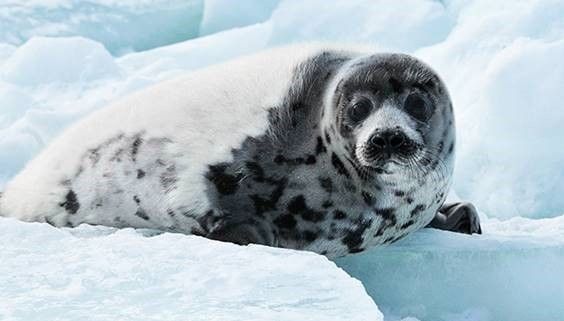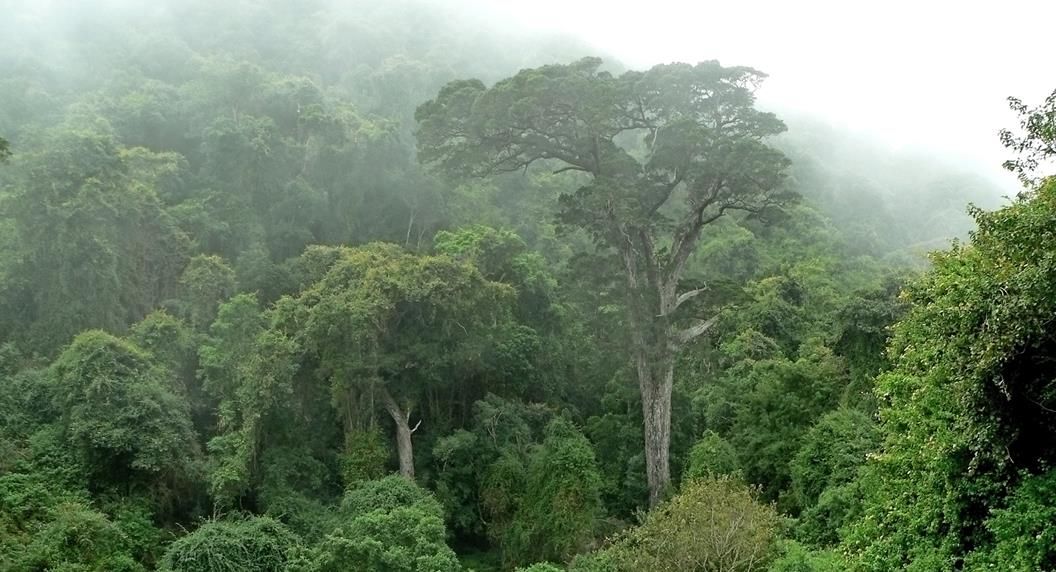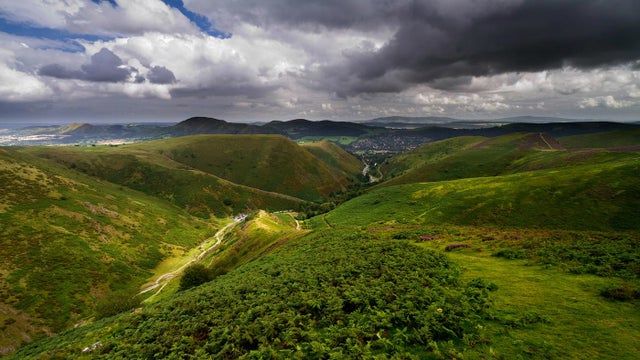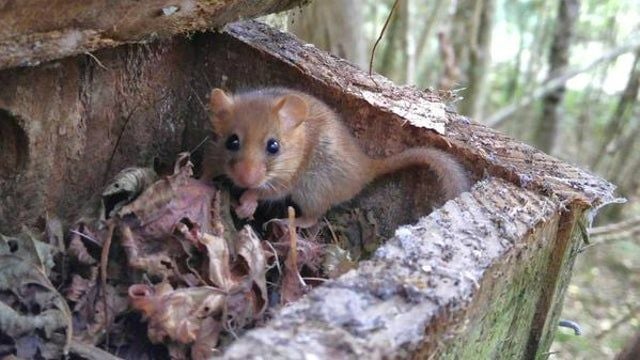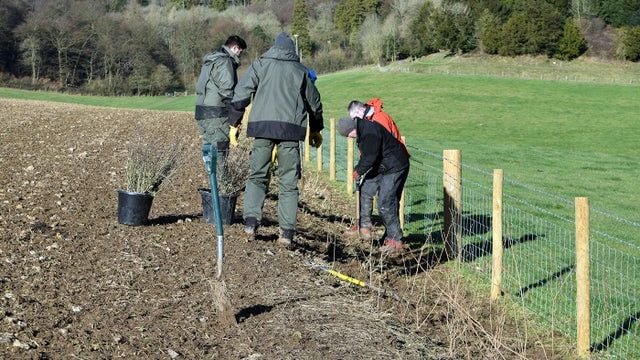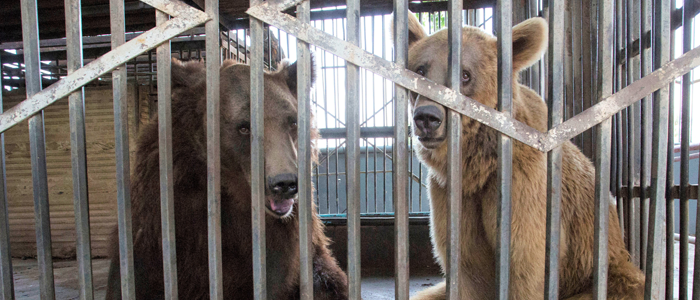The Skagit Land Trust in Washington protects another 50 more acres!
Posted on
The Skagit Land Trust is a local non-profit conservation organisation located in the beautiful state of Washington. It is supported by over 1,600 people (indidivduals, families and businesses). It protects key natural land for future generations of people and wildlife and for the benefit of the community.
And great news!
The Skagit Land Trust has protected over 8,560 acres of land and 46 miles of marine and freshwater shoreline in Skagit County. It’s done this working with communities, landowners and partners.
And good news! They’ve purchased 50 more acres. These are at the entrance to Samish Island and the land will be managed as part of the Samish Island Conservation Area.
The Trust now protects 100 acres at the entrance to Samish Island and over half a mile of marine shoreline. It includes a beach, freshwater wetlands, a tidal marsh, a small creek and tidelands. And it means that the entrance will be natural open space forever!
The purchase was possible thanks to over 200 families, businesses and organisations who donated to help purchase the property, and the Washington State Department of Ecology who helped secure a grant of$875,000 from the National Coastal Weltands Conservation Grant Program.
The Trust is working to secure further grant funds and these will help repay loans taken out for the purchase and also to help restore the property.
The 100 acres includes the Samish Island Conservation Area, and the Samish Flower Farm. It also includes an adjoining private conservation easement, kindly donated over 15 years ago by Jim Squires Jr and Cliff Squires. Take a look at the areas protected by the Skagit Land Trust and you’ll see how important conservation easement is.
The first step is a site clean up.
Find out all about the Skagit Land Trust’s Conservation Strategy here.
This just shows what can be done when people pull together towards a common conservation goal, so well done to every one involved. Donate here.
